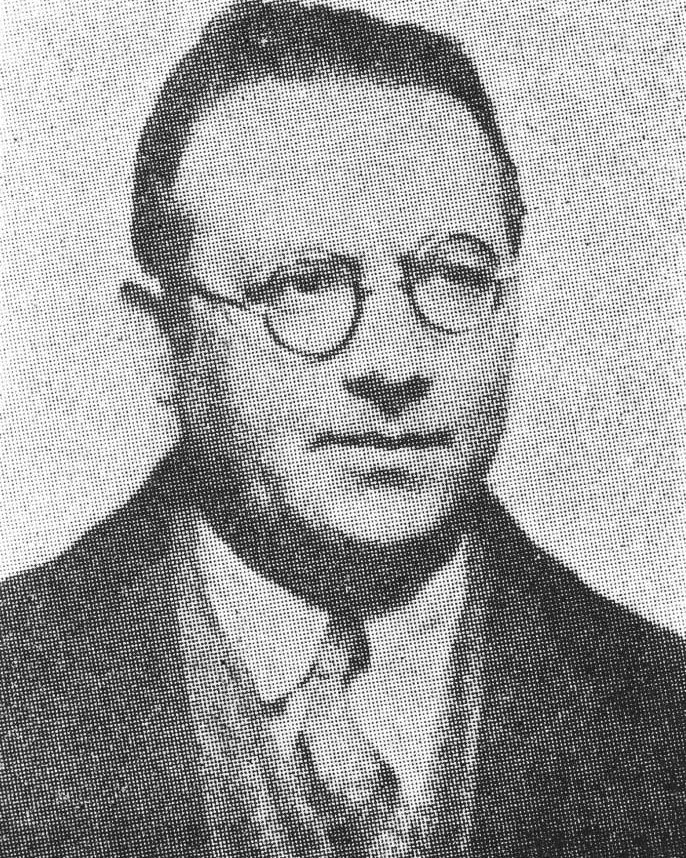Paul ULLMAN
January 4, 2019Lazare VOLOVICK
January 4, 2019Zelman UTKES
BIALYSTOK (POLAND) 1892 – DEPORTED TO AUSCHWITZ 1944
Zelman Utkes was born into a humble family. His father was a building painter. He spent his childhood at the heder. In 1905, he joined the Bund. From 1906 to 1908, he learned at a school of industrial crafts. He decided that the wanted to become an artist at a very young age. In 1908, he left for Vilnius to study painting and taught violin in order to earn his living. He returned to Bialystok and illustrated the Zionist journal The Voice of Bialystok, sketching portraits of Theodor Herzl and Max Nordau. In 1910, Utkes lived in Odessa and Berlin, then set off on a long trip to Palestine. While he was working the land and drying out marshes, he caught malaria.
In 1914, he left Palestine. He became a civil servant in the English administration in Egypt. His mission was to draw the mosaics that he found in the Sinai desert. England commissioned him to produce a war memorial, which stands in the Sinai desert today. In 1923, Utkes arrived in Paris and got married. His wife worked as a saleswoman in a food store, which enabled him to paint and participate in the Parisian artistic life. In the beginning of 1939, he left for the south of France with his wife. They were arrested by Gestapo agents, imprisoned in Toulouse and interned in Drancy on January 28, 1944. On February 10, 1944, they were deported on convoy number 68. They were murdered in Auschwitz.
Stories of Jewish Artists of the School of Paris 1905-1939
FRENCH-ENGLISH
Capitale des arts, le Paris des années 1905-1939 attire les artistes du monde entier. De cette période de foisonnement, un terme est resté, celui d'Ecole de Paris, qui recouvre une grande diversité d'expression artistique. Dans ce brassage dont Montparnasse est le creuset, un groupe se distingue : celui des artistes juifs venus de Russie, de Pologne et d'Europe centrale. Si leurs styles sont variés, un destin commun les rassemble : ils fuient l'antisémitisme de leur pays d'origine. Certains ont connu la célébrité dès les années 1920, tels Soutine, Lipchitz ou Chagall. D'autres n'ont pas eu le temps ou la chance d'y accéder. Près de la moitié a péri dans les camps de concentration nazis.
From 1905 to 1939, Paris attracted artists from all over the globe as the capital of the art world. This period of artistic proliferation became known as the School of Paris, and includes a great diversity of artistic expression. Within the teeming art world centred on Montparnasse, one group set itself apart: Jewish artists from Russia, Poland, and Central Europe. Although their styles were diverse, they shared the common fate of fleeing anti-Semitic persecutions in their home countries. Some became famous in the 1920s, such as Soutine, Lipchitz, and Chagall, while others did not have the time or the luck to gain renown. Nearly half of these artists died in Nazi concentration camps.





